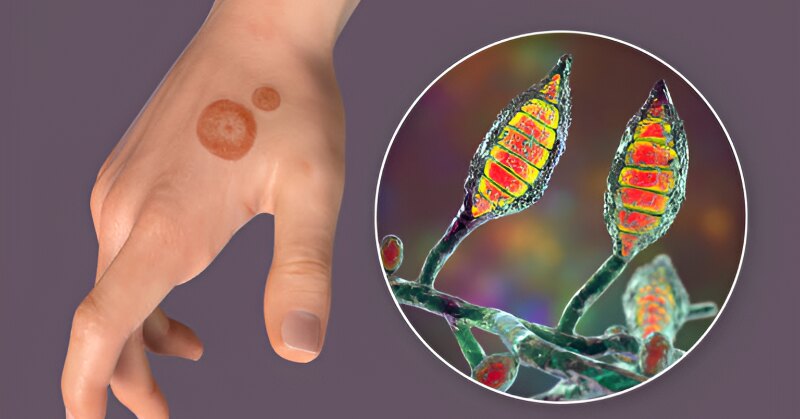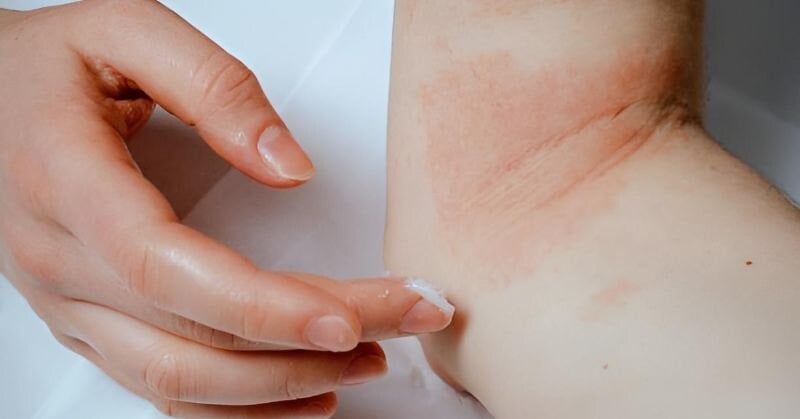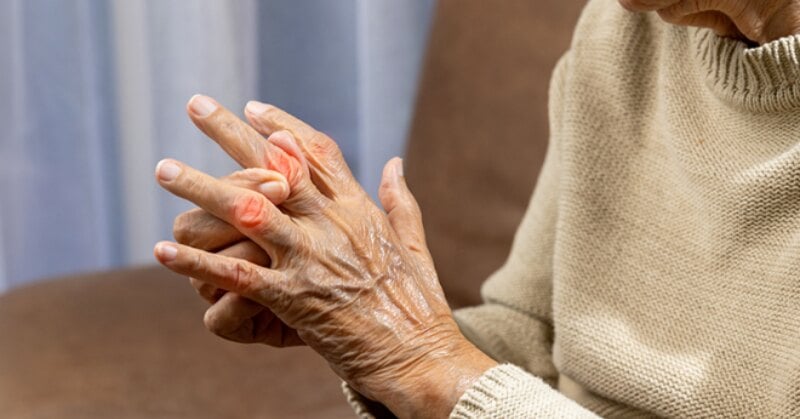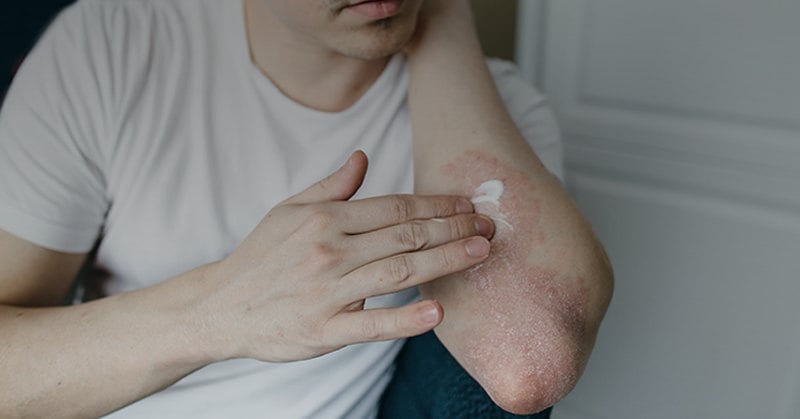Are you constantly battling itchy, inflamed skin, feeling as though relief is just out of reach? Don't let the itchiness define your days.

Introduction to Atopic Dermatitis
Atopic Dermatitis is a chronic skin condition marked by red, inflamed, and itchy skin. As the most common form of eczema, it often appears in early childhood and can continue into adulthood. The severity and symptoms can vary widely among individuals, making it a uniquely personal experience. Although AD can be persistent, understanding its nuances can empower those affected to lead more comfortable lives.
Typical Signs of AD
Recognizing the signs of Atopic Dermatitis is the first step toward managing this condition. The most common symptoms include:
Intense Itching: Often the first and most distressing symptom.
Red to Brownish-Gray Patches: Usually found on the hands, feet, ankles, wrists, neck, upper chest, eyelids, inside the bend of elbows and knees, and in infants, the face and scalp.
Small, Raised Bumps: Which may leak fluid and crust over when scratched.
Thickened, Cracked, Dry, Scaly Skin: Chronic scratching can lead to these symptoms.
Raw, Sensitive, Swollen Skin from Scratching: Making the skin vulnerable to infections.
Causes and Triggers
The exact cause of Atopic Dermatitis is unknown, but it's believed to be due to a combination of genetic, environmental, and immune system factors. Common triggers that can worsen AD symptoms include:
Dry Skin: Which can become brittle, scaly, rough, or tight.
Irritants: Such as soaps, detergents, shampoos, disinfectants, and juices from fresh fruits, meats, or vegetables.
Stress: Emotional stress can exacerbate symptoms.
Allergens: Including pets, dust mites, pollen, and molds.
Microbes: Such as viruses, certain fungi, and bacteria like Staphylococcus aureus.
Hot/Cold Temperatures: Extreme weather conditions, high and low humidity, and perspiration from exercise can trigger flare-ups.
Diagnosis and Treatment
Diagnosing AD involves examining the skin and reviewing medical history. Doctors might recommend patch testing or other exams to rule out other diseases. While there's no cure for Atopic Dermatitis, treatments aim to heal the affected skin and prevent flare-ups. Options include:
Topical Treatments: Including corticosteroid creams and ointments, calcineurin inhibitors, and PDE4 inhibitors.
Systemic Medications: For severe cases, doctors may prescribe drugs that work throughout the body, such as biologic drugs, systemic corticosteroids, or immunosuppressants.
Light Therapy: Exposing the skin to controlled amounts of natural sunlight or artificial UV light can help.
Additional Tips for Home Relief
Managing AD also involves care strategies at home to soothe the skin and reduce flare-ups:
Moisturize Daily: Using creams, ointments, or lotions to keep the skin moist.
Identify and Avoid Triggers: Pay attention to what aggravates your skin and try to avoid these irritants.
Take Shorter Baths or Showers: Limit to 10-15 minutes using lukewarm water and mild soaps.
Apply Medicated Creams or Ointments: Follow your doctor’s instructions before moisturizing.
Wear Soft, Breathable Clothing: Avoid rough, scratchy fibers and tight clothing.
Remember, managing AD is a journey—one that begins with understanding the signs, causes, and treatments available. By adopting effective management strategies and consulting healthcare providers, those affected by Atopic Dermatitis can embark on a path to more comfortable and confident living.




